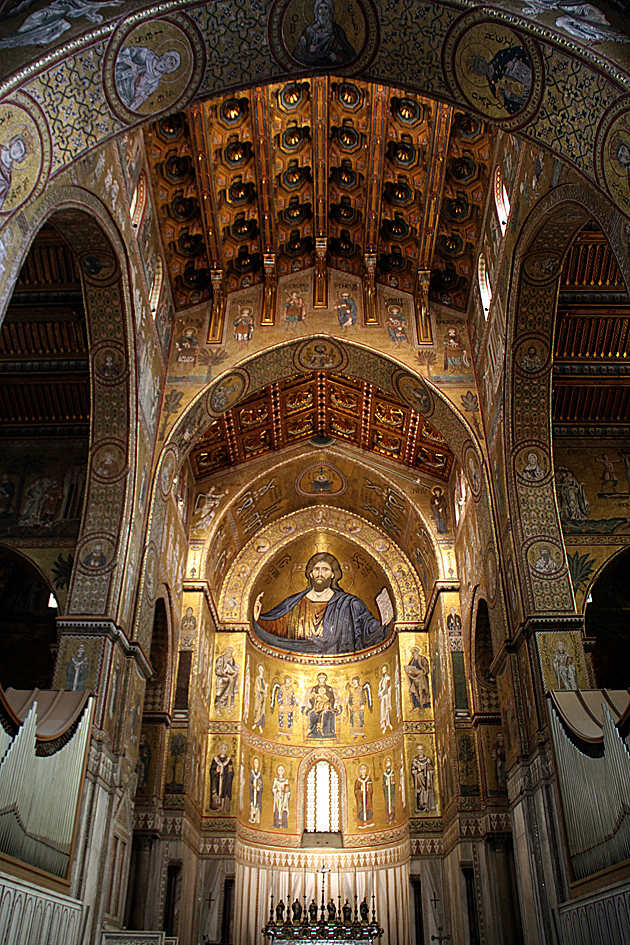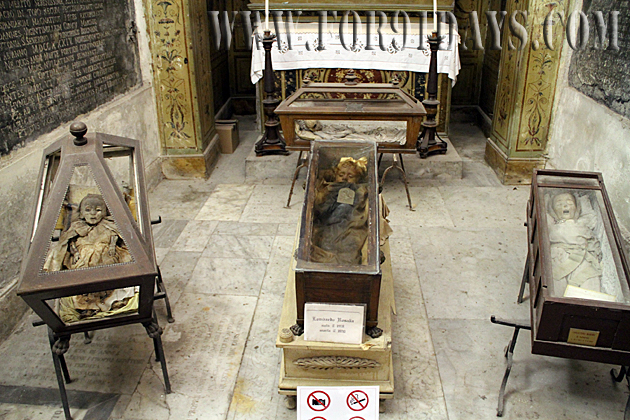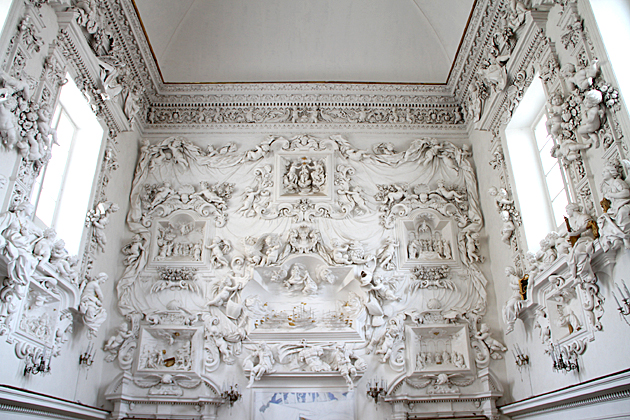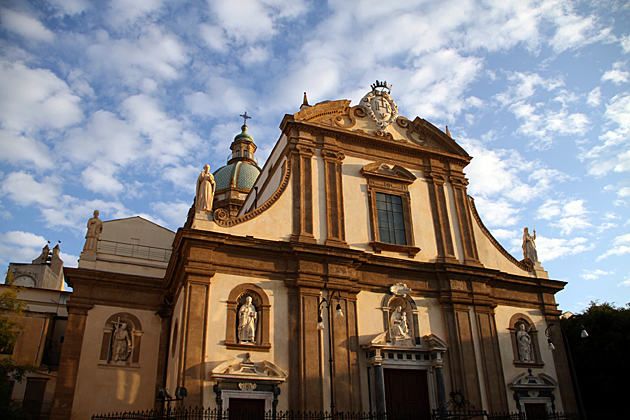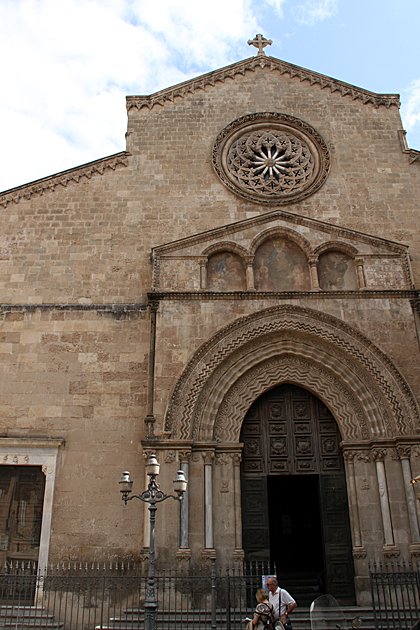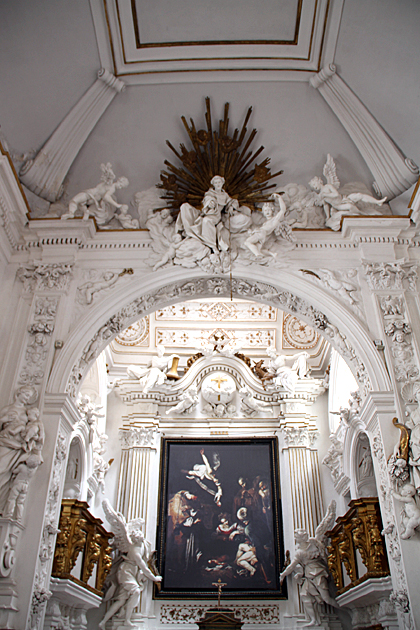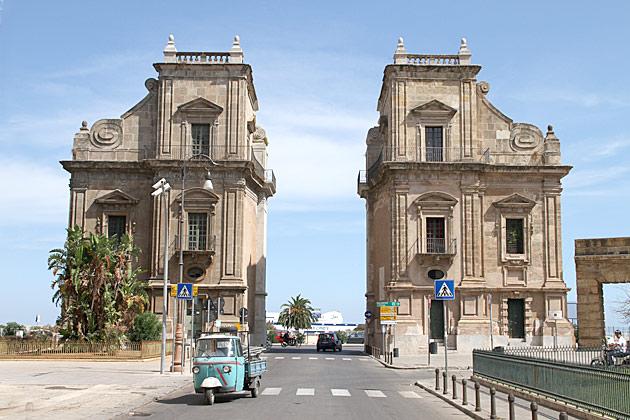The Cathedral of Monreale
If you don't want your jaw to smack painfully against the ground, you'd do well to wear a tight chin strap when visiting the Cathedral of Monreale. During our tour, my mouth was wide open, rivulets of drool escaping my gaping jowl. But I didn't care, and I doubt anyone was paying attention. To be inside the Monreale's cathedral and concentrate on anything other than its shimmering beauty is nearly impossible.
